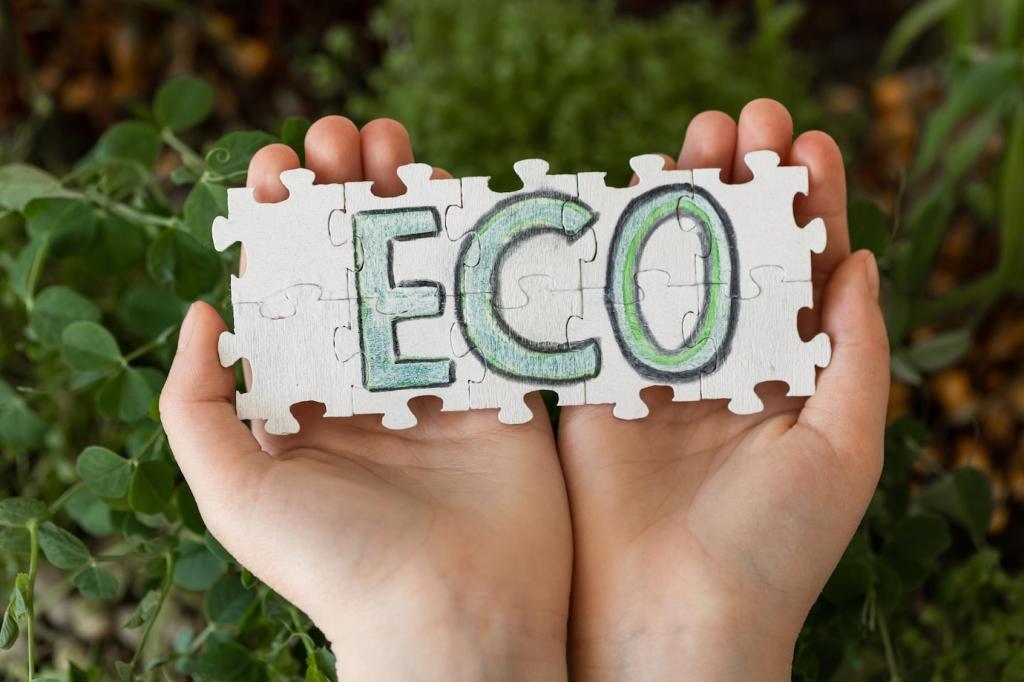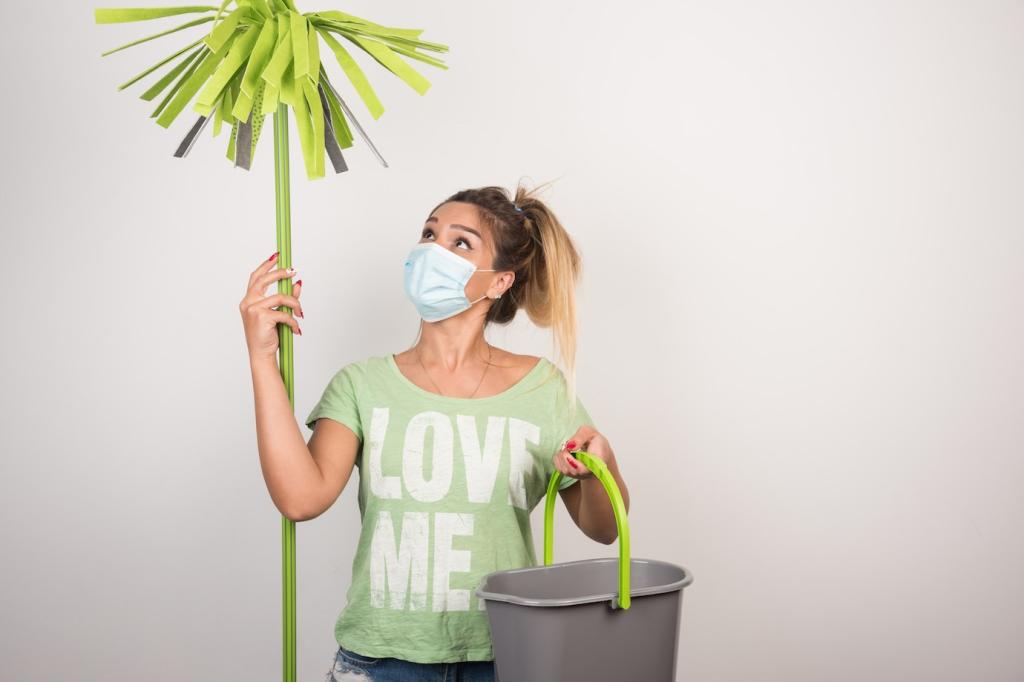Fresh Surfaces, Clear Conscience: Renewing Finishes with Non-Toxic Products
Chosen theme: Renewing Finishes with Non-Toxic Products. Breathe easier while reviving furniture, floors, and decor with safer materials, practical methods, and inspiring stories that prove great finishes do not require harsh chemicals.
Understanding What Makes a Finish Truly Non-Toxic
Look beyond vague claims like “eco-friendly” and inspect ingredient lists, safety data sheets, and VOC disclosures. Seek clear wording such as waterborne binders, plant-based oils, and independent certifications that substantiate reduced emissions and safer exposure profiles.


Understanding What Makes a Finish Truly Non-Toxic
Volatile organic compounds evaporate into indoor air, sometimes for weeks after application. Non-toxic finishes minimize these emissions, helping rooms remain comfortable sooner. Good ventilation, thin coats, and patient curing further reduce lingering odors and potential irritants.
Gentle Deglossing and Smart Sanding
Instead of heavy solvent deglossers, try a light scuff sand using fine grits and a HEPA vacuum to capture dust. Wipe with a slightly damp microfiber cloth and let the surface fully dry before proceeding.
Biodegradable Strippers for Stubborn Finishes
When removing thick old coatings, citrus-based or plant-derived gel strippers can soften layers without overwhelming fumes. Work patiently in sections, scrape carefully with plastic tools, and neutralize residues according to the manufacturer’s non-toxic cleanup instructions.
Clean, Rinse, and Let the Material Breathe
Use diluted castile soap or a mild, water-based cleaner to remove oils and grime. Rinse lightly with clean water, dry thoroughly, and give the substrate time to release moisture before applying your renewing finishes with non-toxic products.


Application Techniques for Healthy, Durable Results
Use high-quality synthetic brushes or fine foam rollers for waterborne finishes, and lint-free cloths for oils. Apply thin, even coats along the grain. Avoid overworking; let each layer level naturally before moving on.



Maintenance and Repair Using Non-Toxic Methods
Dust with a microfiber cloth and occasionally wipe with diluted castile soap. Avoid ammonia or abrasive powders. This gentle approach preserves finishes applied when renewing finishes with non-toxic products, extending beauty between deeper refreshes.

Safety, Sustainability, and Smart Disposal
Rags soaked with drying oils can self-heat. Lay them flat to dry outdoors or submerge in water inside a sealed metal container before disposal. This simple habit prevents dangerous surprises while keeping your project eco-minded.
Your Turn: Share, Ask, and Grow With Us
Post your latest transformation and describe the non-toxic products you used, what worked, and what you would change. Your insights help other readers learn, improve, and make safer choices with confidence.


Your Turn: Share, Ask, and Grow With Us
Unsure whether a hardwax oil or waterborne topcoat suits your tabletop? Ask below. We will recommend options, tools, and steps that match your material, lifestyle, and air quality goals without overwhelming jargon.
